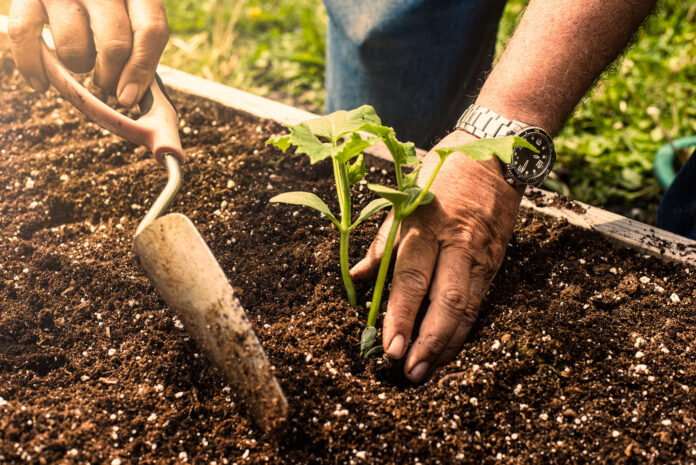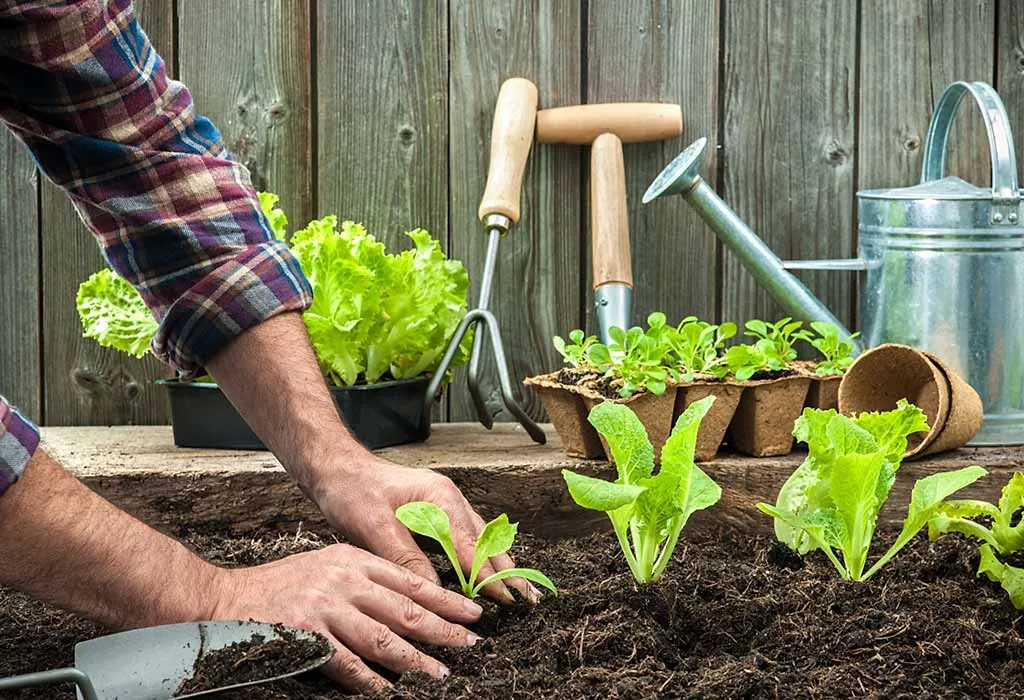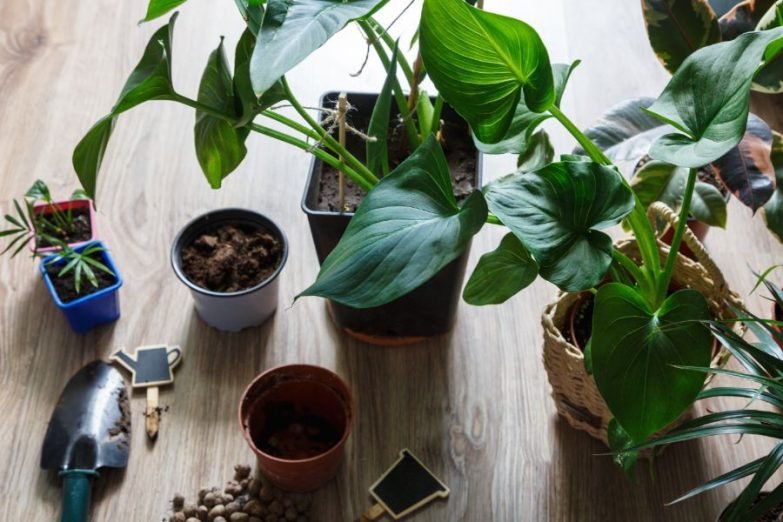For those who are fond of plants, planting is a passion that requires special techniques. They don’t just grab a seed then plant it right away. In their perspective, to achieve a fantastic result, whether flower or fruit, many factors have to be considered.
The first thing to be put into consideration is the soil that you are going to plant with. The earth is responsible for providing nutrients needed by the plant to grow. Also, it will keep it rooted, and the healthy-looking soil that it is planted is perfect.
In this section, we will provide you the best type of soil perfect for planting any plants. Absorb every detail as this will help you achieve an extraordinary result in your planting venture. Or you may also check out https://gardenandgrass.com/ for more interesting gardening tips.
Types of Soil and which plant will grow best in it
Although soil seems the same for everybody, plants may be a little too picky about which they will survive. Check out the following soil types and see if you are using the right one for your plant.
Chalk
Chalk is a type of soil that is sticky and complex to deal with when wet. On the other hand, it dries quickly during summer. Not every plant will survive in this type of soil except lilac, lilies, and flowering shrubs.
Sand
This hard-textured soil is composed of large particles of silica, rocks, and quartz. Usually, the water evaporates quickly due to the texture of the earth. The plants that can grow on this type of soil can survive drought-like situations like cactus or succulents.
Silt
Silt is similar to chalk. The only difference is that mud is easier to use. In addition, it holds moisture and nutrients needed by plants which is a good thing. If you are curious about its texture, it is smooth and slippery with fine particles. The plants that can grow here are vines, lush grass, or vibrant colored flowers.
Topsoil
It is called topsoil because it is added on top of soil that you want to improve. Any plant may grow on this soil as it is just added to any soil. But the problem with this type of soil is that when you water it incorporates with another kind of soil, it creates a water barrier that results in overwatering. So be careful in using this type of soil.
Hydroponics
Sometimes the best soil to use is none at all. Recently, hydroponics has been a trend in its fantastic way of keeping plants alive. Plus, it somewhat adds an aesthetic vibe to someone’s garden. If you are curious about how a plant can grow without soil, it grows on water.
Yes, we know you think only water plants can survive in this setup, but it works. Also, you don’t have to worry about watering your plants daily. In addition, the nutrients needed by the plant present in the water will go directly in a fast manner from its roots to its leaves.
Clay
This, by far, is the densest soil to work with. No worries, there is a trick to make it work. If the ground in your area is mostly clay, you can wait for autumn or summer to start planting. Avoid planting during wet seasons as you will only waste your time and effort. On the other hand, add compost or mulch on top of it to avoid it from getting frozen in winter. These two act like a shield from the cold, freezing weather.
You can plant vibrant colored flowers, flowering perennials, or rhododendrons.
Loam
Loam is deemed to be the best type of soil. It results from the combination of silt and clay, which makes it packed with a lot of beneficial nutrients. Its texture opens up air and absorbs water right enough to keep the plant alive. Also, the great thing about it is that it is weather adaptive. During summer, it warms earlier than other types of soil. Also, it still drains even after a heavy pour. Moreover, it does not dry up fast during summer.
So by using this type of soil, you can guarantee that it will be a fruitful harvest. If you are curious about its texture, well, loam soil holds its shape as you fist it and quickly breaks down as you poke it.
Conclusion
Not everyone has the privilege of being blessed with the best soil in their backyard and garden. So understanding the type of soil in your area will help you in your planting venture. Finally, you will now understand the reason why your plants do not flourish the way farms did. We hope that this has helped you a lot.




















